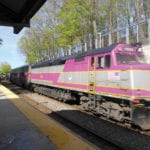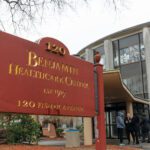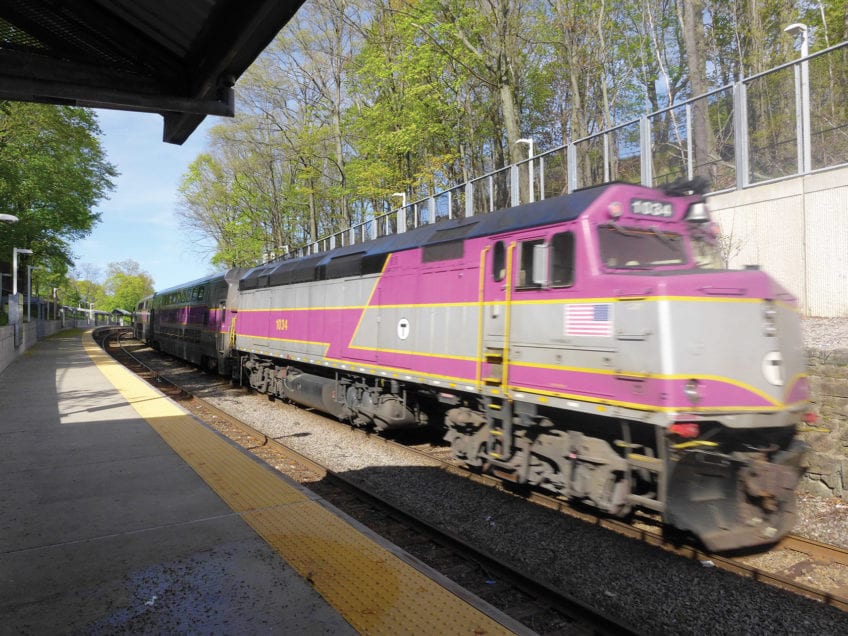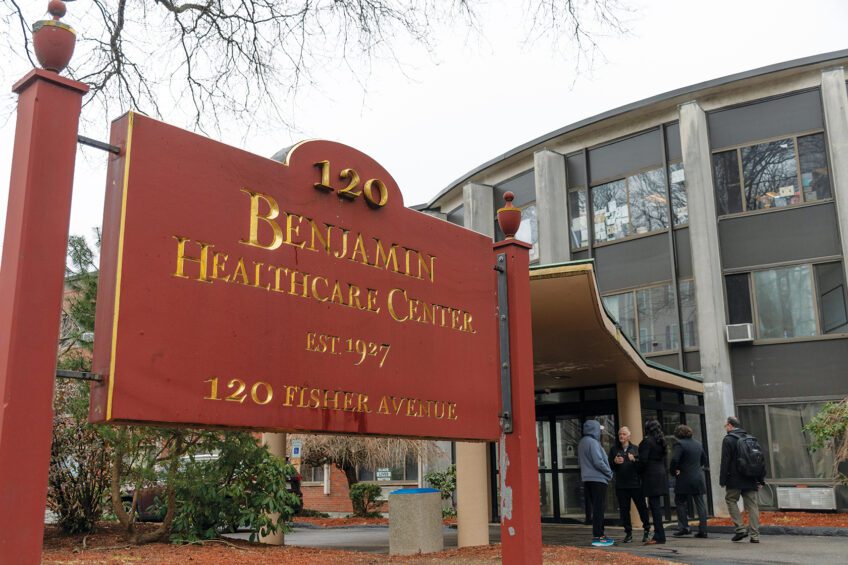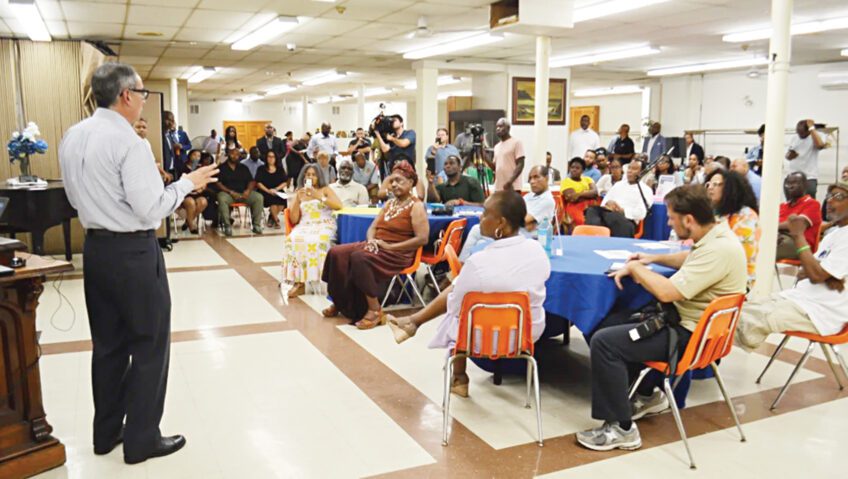BEDFORD — Army veteran Craig Cournoyer left behind his community of 400 people on a South Dakota reservation, moving thousands of miles to learn how to fix moldy, broken-down ventilation systems.
With the nearest town 30 miles away, there is not enough skilled labor remaining among his fellow Yankton Sioux in Wagner, S.D. Any construction work puts a financial drain on the tribe, because members have to hire outside workers.
“There’s lots of work out there, but nobody there is trained to do it,” said Cournoyer, 47.
A program specifically designed for American Indian veterans aims to help ease that burden, by providing training in carpentry, ventilation, plumbing, electrical work and more at some of the nation’s premier trade and craft schools in the Boston area.
The goal of the Veterans Construction Crew program at the Edith Nourse Rogers Memorial Veterans Hospital in Bedford is to have the veterans return home with skills they can use — and pass on. The goal is to break a cycle of poverty, unemployment and substandard housing.
Cournoyer said he was willing to travel to Boston for the chance to make a difference.
“This is the first time I’ve been in this area and there are so many millions of people and I’m just not used to that,” he said. “At first I couldn’t understand the people, it was like a foreign language. But I see this as an opportunity to get an education, and that comforts me.”
The project is an offshoot of the U.S. Department of Veterans Affairs’ compensated work therapy job training program that has been established at more than 160 agency facilities across the country.
The veterans construction group was started in 1992 by Bernie Cournoyer, a licensed rehabilitation counselor who coordinates the program at the hospital. The Cournoyers are not related.
“Indians have more veterans per capita than any other ethnic group, yet they are the most underserved,” he said. “I felt uncomfortable with that being a veteran myself.”
Bernie Cournoyer started the program to train Boston-area veterans. In the last few years he has expanded it to include American Indians from out of state.
It started after he met with officials from the Black Hills Health Care System veterans hospital in Fort Meade, S.D. who thought he might be Sioux because he shared a common surname with many.
He’s not, but the conversations prompted him to visit seven reservations in South Dakota, where he met with tribal leaders, some of whom greeted him with skepticism.
“One elder said to me, ‘Oh, you’re from Washington? How long are you going to stay? Two hours?’” Bernie Cournoyer said.
He stayed 10 days, explaining and recruiting for the program.
“I got a bird’s eye view of the poverty and lack of opportunities,” he said. “I realized the need for services on the reservations. They were left out.”
Department of Veterans Affairs statistics show that American Indian males serve in greater proportion than eligible males in general.
But once their service ends, many come home to economic troubles, high levels of post-traumatic stress disorder and substance abuse problems, said Anthony Campinell, director of therapeutic employment programs for the Veterans Health Administration.
“The outreach to Native Americans is quite significant,” Campinell said. “We have job training programs on some reservations, but opportunities for work there are extremely limited. But there is plenty of work in the building trades here.”
Bob Dunsmore, 46, a Crow Creek Sioux from South Dakota, has been in Massachusetts for more than a year and expects to remain until the end of this summer. He has earned his construction supervisor’s license and obtained federal safety training, and is currently enrolled in the carpentry program at the North Bennet Street School in Boston, one of the world’s leading trade and handcraft schools.
Dunsmore stays in touch with his tribal elders, who offer support and encouragement.
“They say, ‘Bob, you’re our hope,’” he said.
Rudy Beans, 42, a Yupik Eskimo from Mountain Village, Alaska, has applied to the North Bennet Street School. He is doing renovation work at government facilities in Connecticut and Rhode Island.
His hometown of fewer than 800 residents is in the rural far western portion of the state, about 70 miles from the mouth of the Yukon River. Construction costs are driven up by the vast distances that have to be crossed when transporting crews and construction materials, he said.
“My goals are to get back out there and do the same thing and keep the jobs and money in the community,” said Beans, who was in the Army from 1986 to 1991.
So far, the program has only reached out to the native communities in South Dakota and Alaska, but Bernie Cournoyer envisions a much wider reach. He has 15 more participants lined up, including four women, to take part in the next year or so.
“We’re just getting started,” he said.
(Associated Press)

